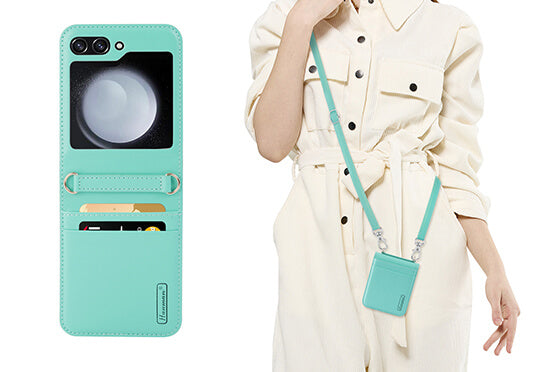It's hard to determine exactly when phone cases first appeared, but their popularity truly skyrocketed with the advent of smartphones, particularly with the introduction of the iPhone. During the era of feature phones, Nokia was known for its durability, and not many people wanted to add an additional burden to a phone that could withstand bullets.
The iPhone changed this situation. Steve Jobs believed that fingers were the best tool for interaction, and through multi-touch technology, we could better engage with our phones. With the help of the App Store, the small 3.5-inch screen showcased endless possibilities. This design prompted other phone manufacturers to follow suit. Through the collaborative efforts of Apple, Google, and various phone companies, touchscreens eventually replaced the small screens and buttons of feature phones. While touchscreens were great, they also brought about new problems. With larger screens, it became easier to scratch or shatter them. Phone cases initially emerged as a solution to prevent phone damage. After all, replacing a cracked screen could cost several hundred or even thousands of dollars, which was a painful expense for most people.
However, the value of phone cases has expanded beyond just protection. Mobie has previously discussed why we should use phone cases, and the answers vary. Some say, "After spending hundreds of dollars on a screen replacement, you'll definitely start using a case." Others enjoy the feel of phone cases or use them as wallets to conveniently carry cards. Some simply want their phones to look good. The reasons for using phone cases have long surpassed mere protection.
One of the most classic types of phone cases is the transparent clear case. It offers some degree of protection while showcasing the original design of the phone's back. It‘s once one of the most popular choices for phone cases. Most clear cases are made of TPU and PC materials. TPU is highly resistant to wear, has good elasticity and strength, and offers a decent feel and appearance. However, with prolonged use, it may oxidize and turn yellow, so it needs to be replaced to maintain its aesthetics. On the other hand, PC material is harder, has strong impact resistance, stable dimensions, and high transparency. However, it feels the hardest and is prone to scratches. You need to choose a phone case that suits your lifestyle and usage habits.
Another popular material is silicone soft cases. Silicone cases are soft, offer good tactile feedback, have good tear resistance, resilience, and resistance to yellowing. They are easy to disassemble, provide good breathability, and offer good shock absorption. However, they are not transparent.
Mobie often releases leather cases, wallet cases, and cases made of materials like sandstone and Kevlar. These new types of phone case materials not only offer a skin-friendly feel but also combine practicality and aesthetics. Additionally, since most phones now support wireless charging, many young people opt for phone cases with MagSafe compatibility as the optimal solution.
Lastly, there's the aspect of buying phone cases for their aesthetics. For example, Disney collaborations feature various characters with lifelike textures, bringing joy to phone owners. Different color combinations can match different outfits and makeup styles. Transparent and light-colored cases are more suitable for spring and summer, providing a lightweight and breathable option, while gold and burgundy colors are ideal for various occasions and making a statement.
Phone cases are fashionable products. The first iPhone case introduced by LV dates back to 2016 when LV showcased the LV phone case series for iPhone 7 at a fashion event. In addition to the common logo-printed designs, LV also launched the EYE-TRUNK phone case inspired by its classic luggage, with a price as high as 41,500 yuan. Apart from LV, fashion brands such as Chanel, Dior, Gucci, etc., have also released individual iPhone cases. Scott, the founder of fashion brand Jeremy Scott, believes that phone cases are the key to entering the young market. In an interview with The Wall Street Journal, Scott said, "Even if some fans or the general public may not be able to afford Jeremy Scott's products, it is still important to maintain close contact and interaction with them. Just like how lipstick is often the first luxury item for many girls, iPhone cases can also become an entry-level branded product for young people."
As our most intimate tool, our phones generate anxiety when they are not with us, whether it's during travel, work, or even when using the restroom. The strong connection between social and short video applications and our daily lives and work has also led to an increase in phone usage time. It appears in our lives more frequently and regularly, no less than luggage products. However, at its core, a phone is still an industrially produced product, characterized by standardization and uniformity, unable to provide personalized customization to showcase individuality. The emergence of phone cases solves this problem, with their high malleability and customization, allowing people to decorate their phones with phone cases. Different shapes and materials of phone cases, as frequently exposed accessories, to some extent, define the person holding the phone case.

